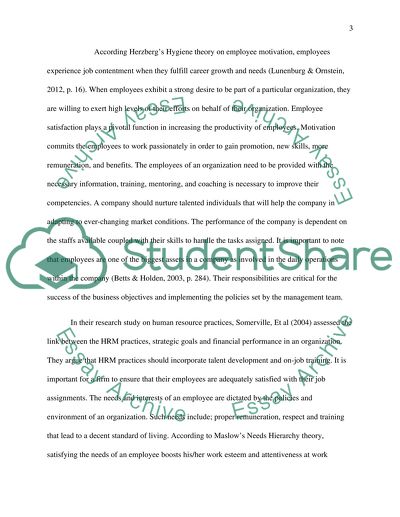Cite this document
(“Knowledge and Talent Development Essay Example | Topics and Well Written Essays - 2250 words”, n.d.)
Retrieved from https://studentshare.org/human-resources/1497413-what-is-knowledge-and-how-does-it-contribute-to
Retrieved from https://studentshare.org/human-resources/1497413-what-is-knowledge-and-how-does-it-contribute-to
(Knowledge and Talent Development Essay Example | Topics and Well Written Essays - 2250 Words)
https://studentshare.org/human-resources/1497413-what-is-knowledge-and-how-does-it-contribute-to.
https://studentshare.org/human-resources/1497413-what-is-knowledge-and-how-does-it-contribute-to.
“Knowledge and Talent Development Essay Example | Topics and Well Written Essays - 2250 Words”, n.d. https://studentshare.org/human-resources/1497413-what-is-knowledge-and-how-does-it-contribute-to.


